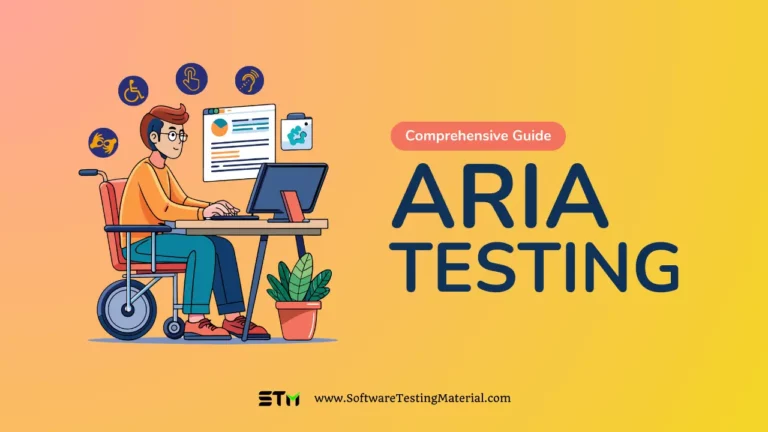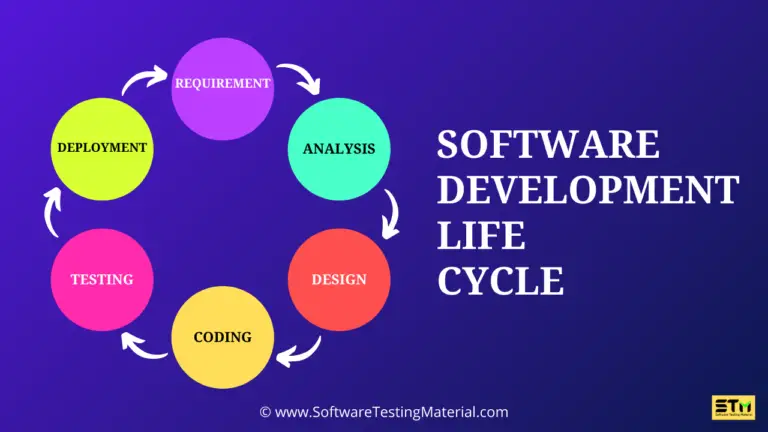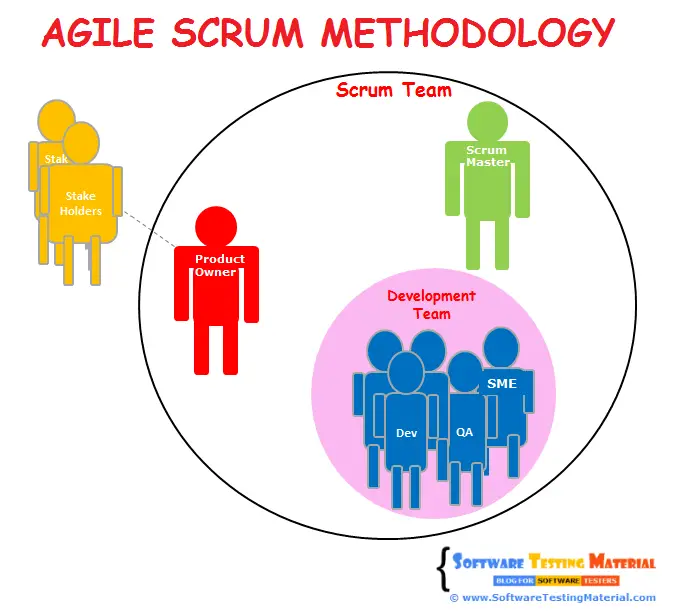Top-Down Vs Bottom-Up Integration Testing: Everything You Should Know
Integration testing is an important part of software development that ensures different components of a system work well together. Two common methods used for this testing are Top-Down Integration Testing and Bottom-Up Integration Testing. While both aim to identify issues and improve software quality, they differ in their approach and application.
Understanding the differences between these methods can help developers choose the right approach for their projects to save time and effort while achieving reliable results.
What is Top-Down Integration Testing?
Top-Down Integration Testing is a type of software testing where the testing process begins from the top-level modules and gradually moves to the lower-level modules. It follows a hierarchical approach in which the higher-level modules are tested first, and then the lower-level modules are integrated and tested step by step. During this process, stubs (dummy modules) are used to simulate the behavior of lower-level modules that have not yet been developed or integrated. This allows testers to ensure the functionality of higher-level modules even when the lower-level modules are incomplete.
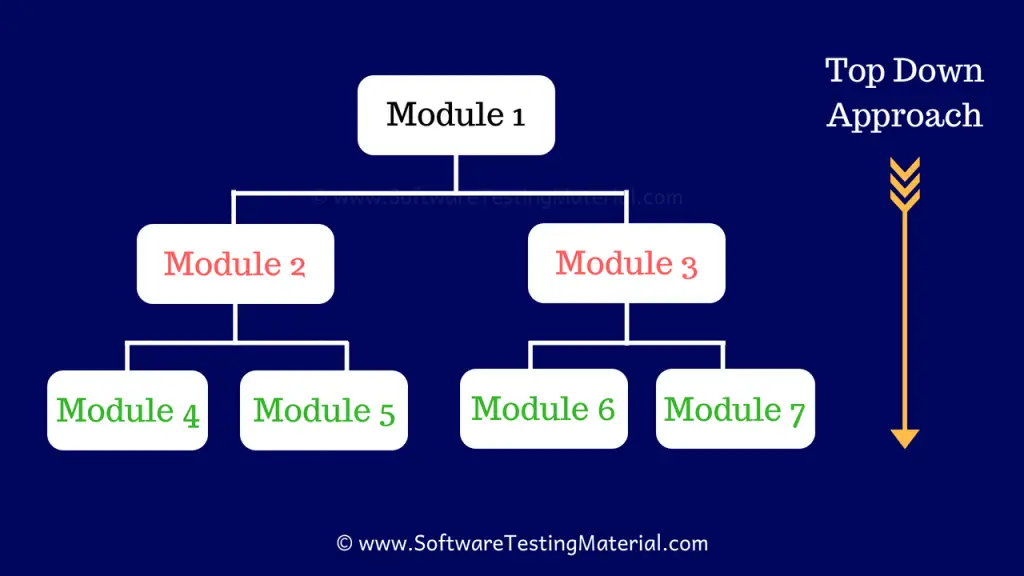
Example of Top-Down Integration Testing
Imagine a mobile application with three primary modules: the User Interface (UI), the Business Logic, and the Database. Using Top-Down Integration Testing, you first test the UI module to ensure it works correctly. Since the Business Logic and Database modules are not yet ready, you use stubs to simulate their functionalities. Once the UI testing is complete, the Business Logic module is integrated and tested along with the UI. Finally, after verifying these modules, the Database module is integrated, and the whole system is tested together.
This approach is useful for identifying critical design flaws or issues at the top level early in the development cycle. However, one challenge is that lower-level modules may not be extensively tested until full integration, which could lead to issues being detected late in the process.
What is Bottom-Up Integration Testing?
Bottom-Up Integration Testing is a testing approach where the lowest-level modules or components of a system are tested first. Once these lower-level modules are tested and work correctly, they are integrated into higher-level modules, and testing continues. This process is repeated until the entire system is fully integrated and tested.
The primary advantage of Bottom-Up Integration Testing is that it ensures the foundational components of the system work perfectly before moving on to the higher levels. This approach is beneficial when lower-level modules are complex and require thorough testing before integration.
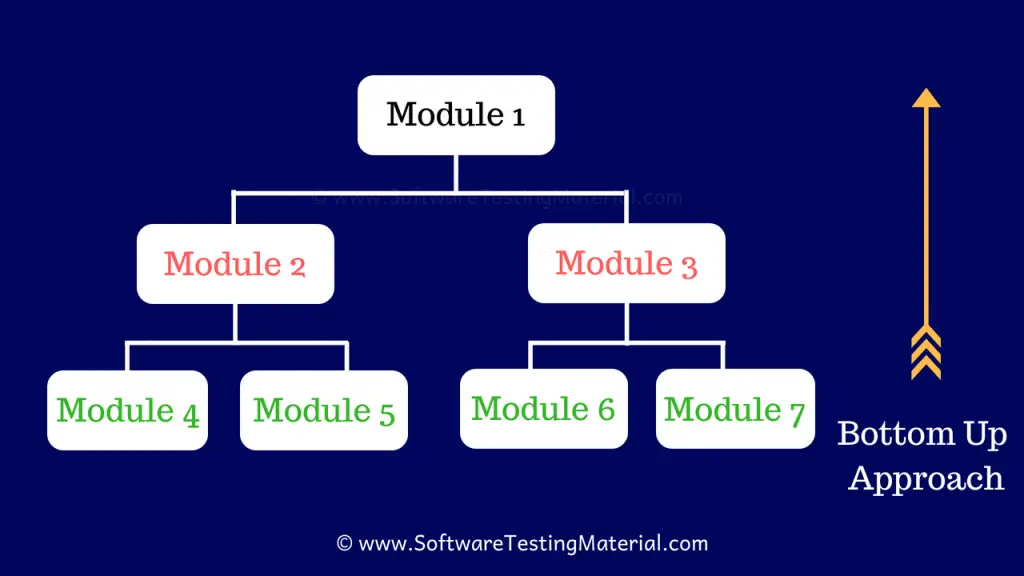
Example of Bottom-Up Integration Testing
Imagine a mobile application with three primary modules: the Database, the Business Logic, and the User Interface (UI). Using Bottom-Up Integration Testing, the Database module is tested first to verify that it can handle data storage, retrieval, and queries effectively. Once the Database is confirmed to work correctly, it is integrated with the Business Logic module. Testing is then performed on this combination to ensure that they function correctly together. Finally, the UI module is added and integrated with the Business Logic and Database. The complete system is tested to ensure that all modules work as expected.
This method ensures a solid foundation for the system but may delay testing of the user experience since the UI is one of the last components to be tested. However, by addressing lower-level functionality first, critical issues in the system’s core can be resolved early.
Difference between Top-Down & Bottom-Up Integration Testing
This table outlines the key differences between the two approaches, helping teams decide which method suits their project requirements better.
| Aspect | Top-Down Integration Testing | Bottom-Up Integration Testing |
|---|---|---|
| Testing Approach | Testing begins with the high-level modules (main control logic) first, and lower-level modules are integrated and tested later. | Testing starts with the lower-level modules (base-level components), and higher-level modules are integrated and tested step by step. |
| Order of Integration | Top-level to bottom-level. | Bottom-level to top-level. |
| Focus Area | Focuses on verifying the control and decision-making logic early in the process. | Focuses on ensuring the accuracy of fundamental operations and data flow first. |
| Use of Drivers and Stubs | Requires stubs as temporary replacements for lower-level modules that are not readily available. | Requires drivers as temporary replacements for higher-level modules that are yet to be integrated. |
| User Interface Testing | UI is tested early in the process since high-level modules are tested first. | UI is tested later because it usually depends on integrating all lower-level modules first. |
| Issue Detection | Problems in lower-level modules may remain hidden until integration. | Issues in higher-level modules may remain undiscovered until full integration. |
| Suitability | Best for systems where high-level design and flow are of primary importance. | Best for systems where the core functionality and data handling are crucial. |
| Testing Timeline | Early testing of the entire flow but delays the validation of individual lower-level functionalities. | Early validation of lower-level functionalities but delays overall system flow testing. |
Conclusion
Both Top-Down and Bottom-Up Integration Testing have their strengths and weaknesses, and the choice between them depends on the project’s specific needs. The Top-Down approach is better suited for systems where understanding the overall flow and user experience is critical, as it focuses on high-level modules first. On the other hand, the Bottom-Up approach is ideal for projects that require thorough testing of core functionality and data handling, as it begins with the lower-level modules. By evaluating the requirements and priorities of the system, teams can choose the approach that aligns best with their goals, ensuring efficient and effective testing.


